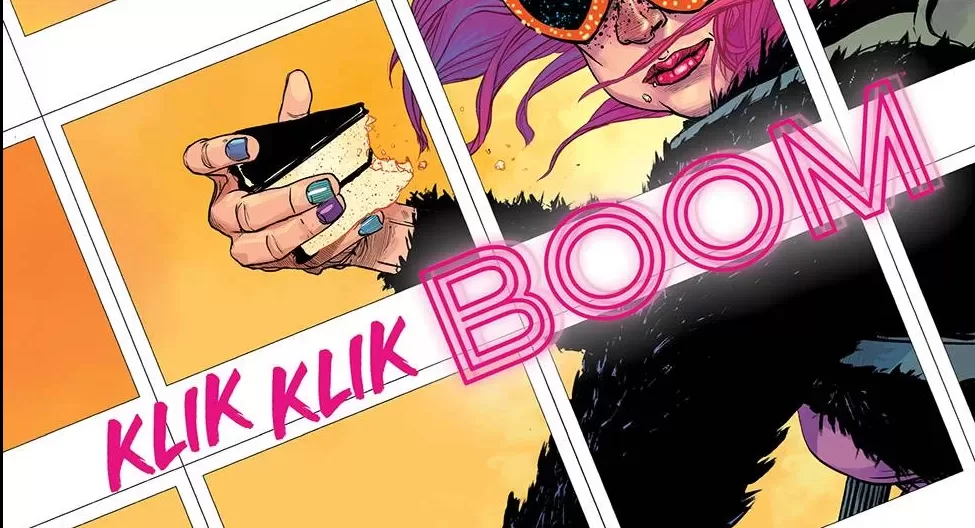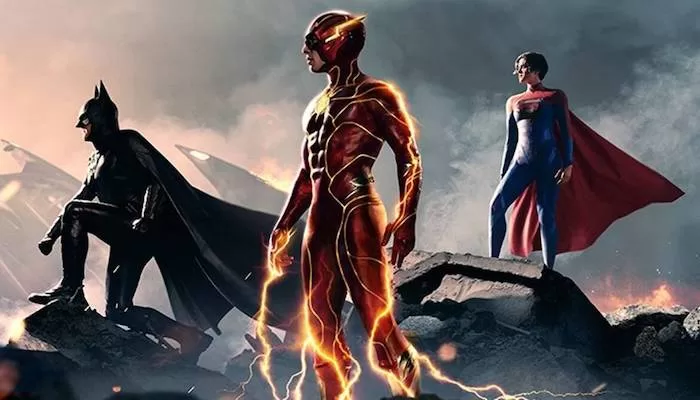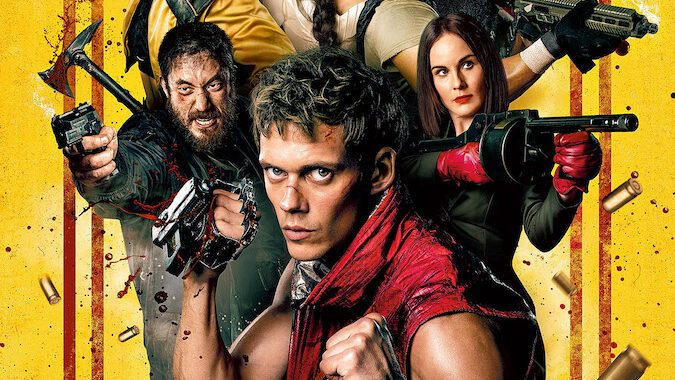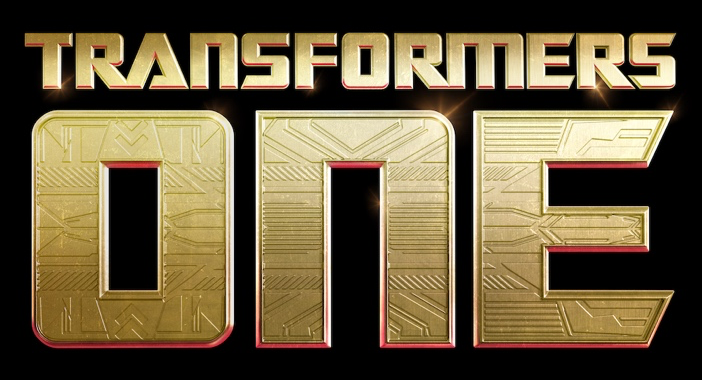
RETRO MOVIE REVIEW: Superman II : The Richard Donner Cut
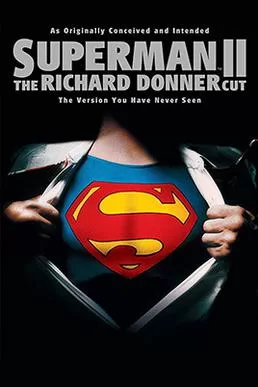 I am not sure what possessed Cineworld to air a double feature of The Donner Superman films this week, but I was all for it, especially since I had seen all of the Superman films starring Christopher Reeves growing up, but the legendary Superman II.
I am not sure what possessed Cineworld to air a double feature of The Donner Superman films this week, but I was all for it, especially since I had seen all of the Superman films starring Christopher Reeves growing up, but the legendary Superman II.
I have to say the Donner Cut of Superman II is the best Superman film featuring Reeves in the red, yellow, and blue. Where the first film spent too much time establishing Clark Kent, Superman II supplements all the character building with non-stop kick-ass Kryptonian action, bringing to life what Action Comics has been about since 1938. With about a five minute recap of the first film inserted before the opening credits, it virtually makes no sense to even see Donner’s slow stumble into the virtually untested waters of superhero cinema. With the amount of scenes that were reassembled for the picture, Superman II : The Richard Donner Cut is a fascinating piece of history that undoubtedly inspired Zack Snyder’s Justice League (arguably the most ambitious superhero film to date) to be released as it was intended.
Though Reeves’ Kent is more arrogant than I expected (especially in the final scene) he still carries a sense of humility that should be present in all depictions of a Superman raised by Jonathan and Martha Kent in the great K-State. If anything, this quality of humility that Reeves is able to bring out of Supes in the second Donner Cut makes up a fair amount for his more prideful moments which can be viewed positively as inspirations for future generations of asshole (super)action heroes (i.e. Marvel’s Mcguire or Downey Jr.) and their subsequent redemption arcs that were met with critical acclaim.
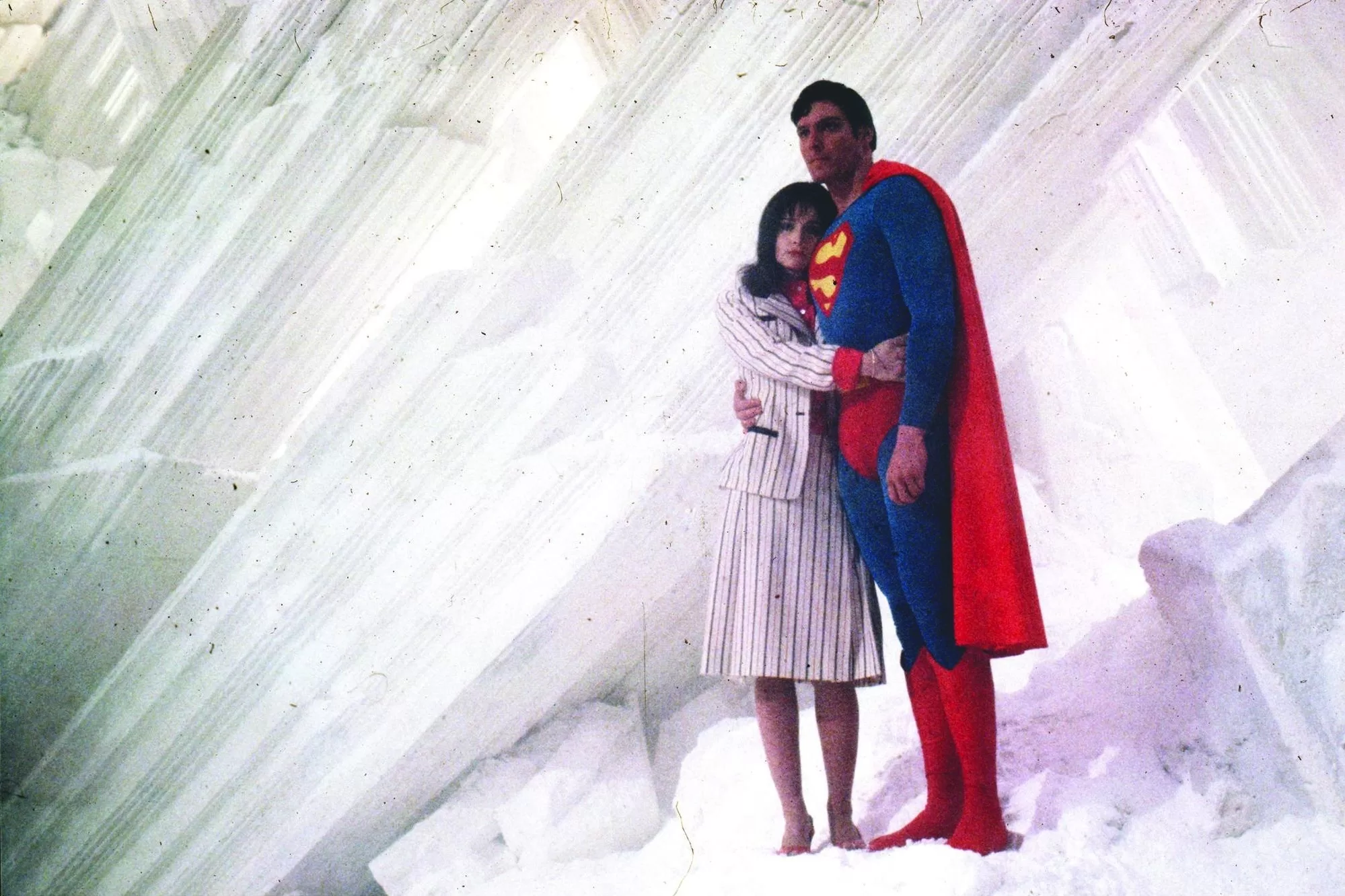 Terence Stamp is a different Zod in comparison to Michael Shannon’s, though equally imposing in posturing in the threat they pose to Superman and all he cares for. Sarah Douglas steals more scenes as Ursa than Antje Traue did years later in a similar role as Faora, even going as far as stealing whatever attention Margot Kidder got as the leading lady in her role as an incredibly annoying and unimpressive Lois Lane. In Man Of Steel, Zod had male Kryptonian muscle accompanying him to take on Supes, but he is always an unremarkable footnote whereas Jack O’ Halloran’s no-time-for-conversation approach to Non will always be memorable for his facial expressions which were just goofy.
Terence Stamp is a different Zod in comparison to Michael Shannon’s, though equally imposing in posturing in the threat they pose to Superman and all he cares for. Sarah Douglas steals more scenes as Ursa than Antje Traue did years later in a similar role as Faora, even going as far as stealing whatever attention Margot Kidder got as the leading lady in her role as an incredibly annoying and unimpressive Lois Lane. In Man Of Steel, Zod had male Kryptonian muscle accompanying him to take on Supes, but he is always an unremarkable footnote whereas Jack O’ Halloran’s no-time-for-conversation approach to Non will always be memorable for his facial expressions which were just goofy.
Goofy as Zod and Ursa referring to Earth as the biggest metropolis in South Texas, goofy as the plot device of Superman giving up his power for a human relationship that still could have went smoothly even with his dual identity (as countless other iterations of Superman can easily prove); and of course, Donner’s go-to deus ex machina of Superman being able to time travel to fix his problems, even with Marlon Brando’s voice continuing to echo in the theater speaker’s warning Superman to “not interfere with human history”.
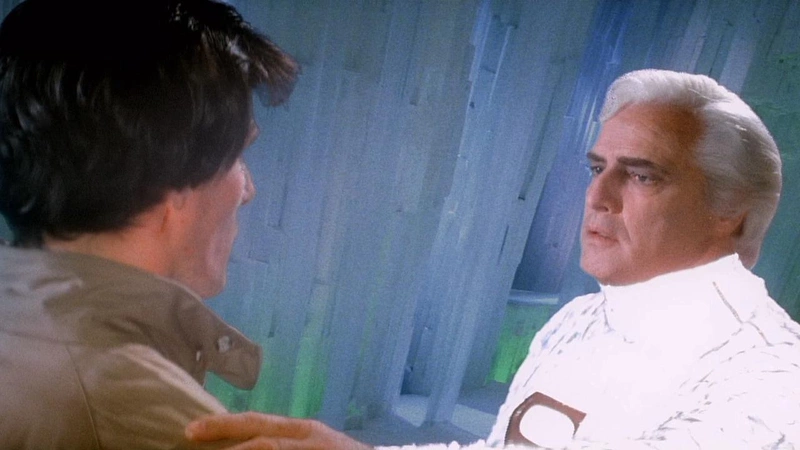 Donner’s ending is an annoying copy paste, like Cameron’s antagonist arcs in his Avatar films, even more so because not only is the Donner Cut films endings uncannily similar to each other but also it provides the argument that Superman is the definition of an O.P. character, but at least this close is not as unforgivable like Snyder deciding that The Big Blue Boy Scout should murder Zod. Depowering Zod after outsmarting Luthor is a cinematic ending more true to Superman’s on-panel character. And speaking of Luthor, Gene Hackman might be a mastermind of sarcasm here, but I’d rather have the depravity of Eisenberg any day. It’s Mercy over Otis around these parts !
Donner’s ending is an annoying copy paste, like Cameron’s antagonist arcs in his Avatar films, even more so because not only is the Donner Cut films endings uncannily similar to each other but also it provides the argument that Superman is the definition of an O.P. character, but at least this close is not as unforgivable like Snyder deciding that The Big Blue Boy Scout should murder Zod. Depowering Zod after outsmarting Luthor is a cinematic ending more true to Superman’s on-panel character. And speaking of Luthor, Gene Hackman might be a mastermind of sarcasm here, but I’d rather have the depravity of Eisenberg any day. It’s Mercy over Otis around these parts !
Why? Because Otis represents the silliness of the seventies, like Jimmy Olsen’s exuberantly loud sports coats. Superman II : The Richard Donner Cut is a product of it’s time, but seeing Kryptonians float through the air (preferably a geometrical structure that makes them look like they are posing for a hair band album cover), topple the U.S. government, and make the deified kneel … Donner’s narrative is classic just for that. Add all the one-liners (from Zod’s one word affirmations, to Perry’s “Don’t Call Me Chief”) the film grain and the product placements that Donner had to years later express remorse for in the closing credits, and Superman II is possibly the greatest Superman film to ever hit the screen that wasn’t animated by Alan Burnett.
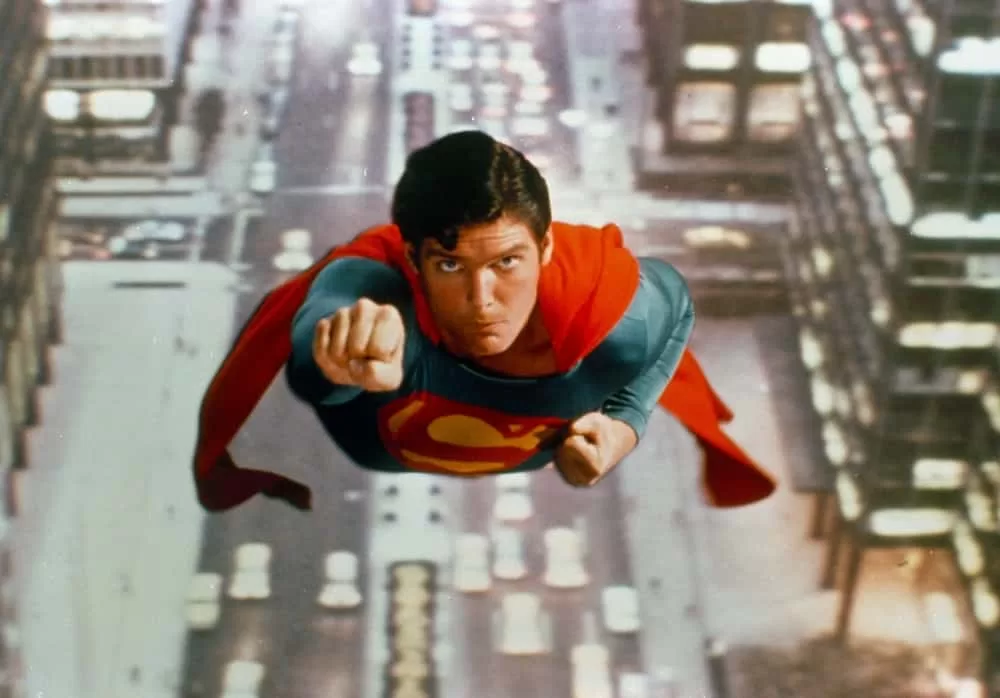 The camp doesn’t overshadow the realism (though it gets dangerously close), there is never a moment of dullness as opposed to the films predecessor. Plus, simplifying the battle between Zod and Superman is much more entertaining in contrast to the groundbreaking (but painfully dizzying) CGI laced confrontation that Snyder put on screen decades later. Though all movies featuring The Shield of El in it’s promotional material are always great examples of the hero’s journey told through many mediums, “Superman II‘s ” Donner cut is able to accomplish this to a level (that though operates with dated mechanics) that is nothing short of timeless.
The camp doesn’t overshadow the realism (though it gets dangerously close), there is never a moment of dullness as opposed to the films predecessor. Plus, simplifying the battle between Zod and Superman is much more entertaining in contrast to the groundbreaking (but painfully dizzying) CGI laced confrontation that Snyder put on screen decades later. Though all movies featuring The Shield of El in it’s promotional material are always great examples of the hero’s journey told through many mediums, “Superman II‘s ” Donner cut is able to accomplish this to a level (that though operates with dated mechanics) that is nothing short of timeless.
Even with the camp, the silly flight scenes, and the plot device’s Donner’s Superman could have easily avoided, Superman II : The Richard Donner Cut is an exemplary story and an early benchmark for superhero films and the action blockbuster alike. Sure, some of the digital restorations of the scenes are unintentionally laughable, but even with the archaic technology used to bring Donner’s vision to life, Superman II : The Richard Donner Cut is far from incomplete.
A proper bookend to the Reeves-era of Superman films that none of the other sequels (from 3D to Returns) could muster, Superman II : The Richard Donner Cut is the best picture that Reeves ever put on the red cape and boots for. Without a doubt, The Donner Cut is a cannot miss pop culture experience.
Score:
4.5/5
Author Profile
Latest entries
 Cinema CrusadersAugust 6, 2023MOVIE REVIEW: TALK TO ME
Cinema CrusadersAugust 6, 2023MOVIE REVIEW: TALK TO ME Comic BooksJune 21, 2023REVIEW: Wonder Woman No. 800 – Whatever Happened To The Warrior Of Truth Pt.II
Comic BooksJune 21, 2023REVIEW: Wonder Woman No. 800 – Whatever Happened To The Warrior Of Truth Pt.II Comic BooksJune 19, 2023REVIEW: Klik Klik Boom #1
Comic BooksJune 19, 2023REVIEW: Klik Klik Boom #1 Cinema CrusadersJune 17, 2023MOVIE REVIEW: THE FLASH
Cinema CrusadersJune 17, 2023MOVIE REVIEW: THE FLASH


